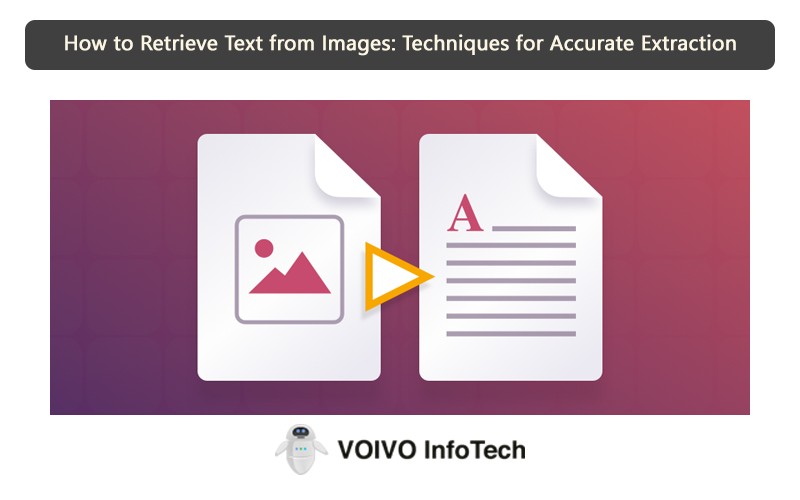The presence of text within images is commonplace. The ability to effectively extract this text holds great importance for a range of applications, encompassing everything from data entry to the archiving of digital content. This piece delves into the various techniques and instruments employed in this extraction process.
Converting text from images into a format that can be edited and searched is a main function of OCR. This process involves changing different kinds of documents, such as papers that have been scanned, files in PDF format, or pictures taken with digital cameras, into a form that’s easy to work with and find information in.
Fundamentals of OCR
At the heart of text retrieval resides OCR technology. This technology is centered around transforming printed text into a digital format that can be edited, searched, compactly stored, and utilized in machine-based processes such as cognitive computing and machine translation. The OCR process encompasses stages like preprocessing, text recognition, character identification, and subsequent processing.
Initial preprocessing enhances the image’s quality, setting it up for further stages. This includes adjustments in brightness, contrast, noise reduction, and orientation correction. The next phase, text recognition, pinpoints the text-containing segments of the image.
Sophisticated Text Retrieval Methods
Moving beyond basic OCR, there have been advancements in more sophisticated methods. The accuracy of OCR has been significantly bolstered by machine learning algorithms, which are trained on extensive data sets to recognize a diverse array of font styles and handwriting.
Zonal OCR represents another leap forward, allowing text extraction from designated areas within a document. This proves particularly useful for processing standardized forms or documents with consistent text placements.
Instruments and Uses for Text Extraction
A variety of instruments are available for the purpose of text retrieval. While some are tailored for specific tasks like reading business cards, others are more universally applicable.
An exemplary tool in this domain is OCR Online, a dynamic image to text converter. This tool is capable of supporting numerous languages and accepts a variety of input formats, including PDFs and common image file types. It offers a range of output formats, such as Adobe PDF and Microsoft Word, thus catering to diverse requirements. Its features also extend to direct text copying to clipboard functionality and an intuitive API for integration into software.
Optimal Practices for Precise Text Retrieval
For optimal results, certain practices are recommended. First, the quality of the image should be high – clear, well-lit, and with minimal background interference. When dealing with documents, ensuring they are flat and properly aligned is crucial.
Selecting the appropriate tool for one’s specific needs is also critical. While general OCR instruments offer versatility, specialized tools might deliver enhanced accuracy for particular tasks.
Challenges and Boundaries in OCR
Despite technological strides, OCR is not without its challenges. Difficulties arise in recognizing handwritten texts and unconventional fonts. The context and layout of text within images also present potential hurdles.
Ongoing refinement of algorithms and technologies is crucial in addressing these challenges. Awareness of these limitations is essential when utilizing OCR tools.
Prospects in OCR and Text Retrieval
The future trajectory of text retrieval from images is marked by promise. With continuous advancements in AI and machine learning, OCR technology is anticipated to grow more sophisticated, adept at handling complex documents and potentially grasping the context of extracted text.
The amalgamation of OCR with other technologies like natural language processing is poised to create more intelligent and flexible text retrieval instruments.
Summation
The realm of text extraction from images represents a blend of technological innovation and practical application. It is a field in constant evolution, with new methodologies and tools surfacing regularly. A comprehensive understanding of foundational techniques, advanced methodologies, and best practices enables effective navigation in this domain, maximizing the potential of image-to-text conversion for varied requirements.

